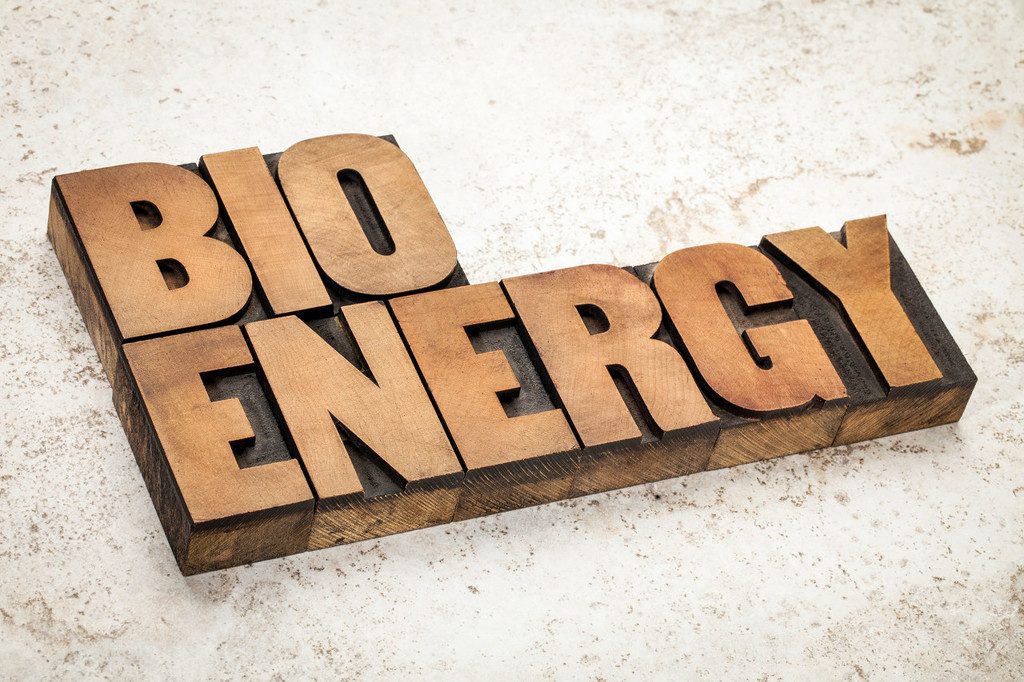A research group led by Professor Wang Feng at the Dalian Institute of Chemical Physics of the Chinese Academy of Sciences recently developed a method to produce diesel fuel and hydrogen by exploiting light energy (solar energy or artificial light energy) and biomass-derived feedstocks, Rael-Science says.
A publication by Nature Energy indicated that Biomass, including agricultural straw and forest waste, is the largest source of sustainable carbon resources in nature and is able to replace petrochemical resources to provide abundant derivative products.
As an alternative to photocatalytic water splitting to provide hydrogen, splitting of biomass or its derivatives usually yields higher light transformation efficiencies and higher rates of hydrogen production.
Nevertheless, oxidative products derived from biomass are mostly useless, causing waste of sustainable biomass resources and environmental pollution. Therefore, developing technologies that merge hydrogen production and biomass conversion into value-added chemicals or fuels is expected to bring about a “double guarantee” of materials and energy for industrial manufacture and daily life.
Wang Feng and his group at the Dalian Institute of Chemical Physics of the Chinese Academy of Sciences developed a process for using light energy to drive the valorisation of downstream biomass products, namely methyl furan compounds, to produce hydrogen and diesel fuel precursors simultaneously.
The reactions were carried out at room temperature and pressure, and produced hydrogen and diesel fuel precursors that are constituted by isomeric oxygenates with variety of carbon numbers typical of diesel fuel.
Removal of the oxygen contents from the diesel fuel precursors produced sustainable diesel fuels with components close to current petroleum diesel; hydrogen could be used to remove the oxygen from the diesel fuel precursors or be used alone.
This process realises the directional transformation of light energy and biomass to hydrogen energy and diesel fuels, and provides a way to produce clean energy using solar energy and sustainable carbon sources present on the earth’s surface.

